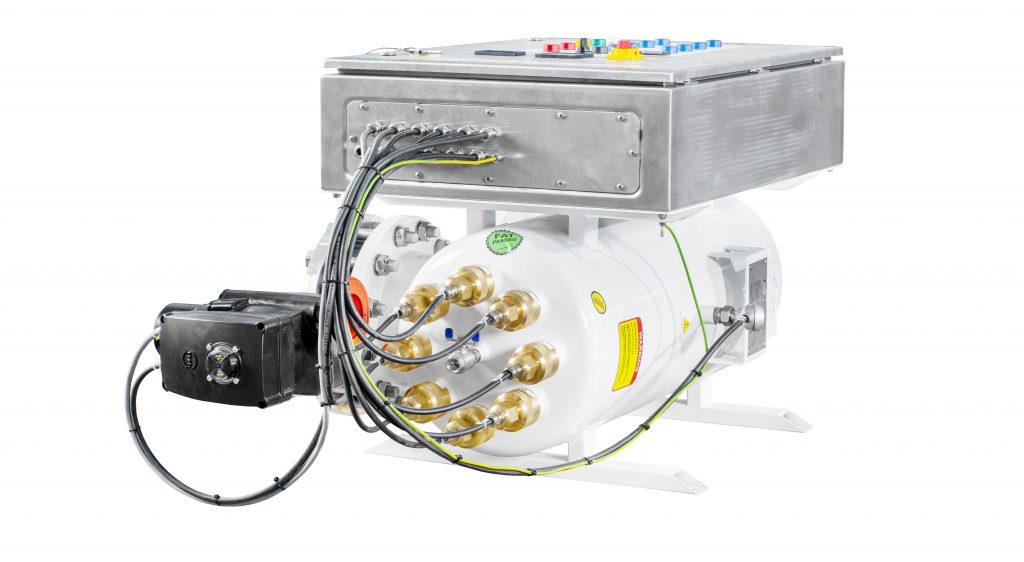UVC sterilization is a process that uses ultraviolet (UV) light with a wavelength of 254 nanometers to kill or inactivate microorganisms like bacteria, viruses, and fungi. UVC light is part of the electromagnetic spectrum, and it has a shorter wavelength than visible light, making it effective at destroying microorganisms.
When UVC light is used for sterilization, it penetrates the outer membrane of microorganisms and damages their DNA, preventing them from reproducing and causing infections. This process is known as germicidal irradiation.
UVC sterilization is commonly used in healthcare settings, such as hospitals and clinics, to disinfect surfaces, equipment, and air. It is also used in water treatment plants to kill harmful bacteria and viruses in drinking water.
It is important to note that UVC light can be harmful to humans and can cause skin and eye damage, so it should only be used by trained professionals and with appropriate safety measures in place.
Potential benefits of UVC sterilization:
1. Effective against a wide range of microorganisms: UVC sterilization is effective at killing or inactivating a variety of microorganisms, including bacteria, viruses, and fungi.
2. Chemical-free: Unlike some other sterilization methods, UVC sterilization does not require the use of chemicals, making it an eco-friendly option.
3. Fast: UVC sterilization is a relatively quick process and can be completed in a matter of minutes, depending on the size of the space or object being sterilized.
4. Easy to use: UVC sterilization equipment is generally easy to use and does not require extensive training or technical knowledge.
5. Non-destructive: UVC sterilization does not cause damage to most surfaces and materials, making it a safe and effective option for a wide range of applications.
6. Cost-effective: While the upfront cost of UVC sterilization equipment may be higher than some other methods, it is often more cost-effective in the long run due to its effectiveness and efficiency.
Overall, UVC sterilization can be an effective and convenient way to disinfect a wide range of surfaces, equipment, and spaces. However, it is important to use it safely and with appropriate precautions in place to protect against potential health risks.

